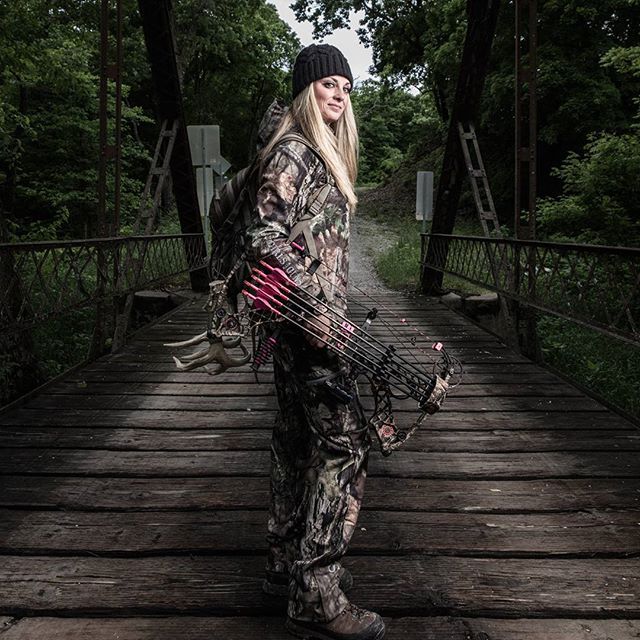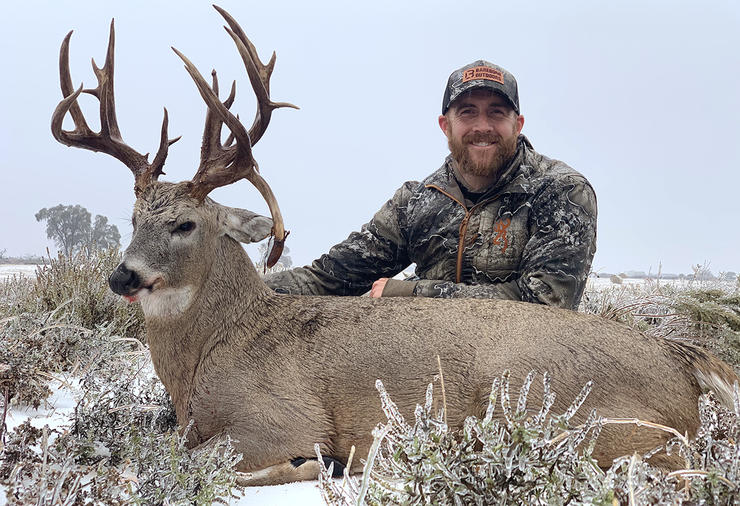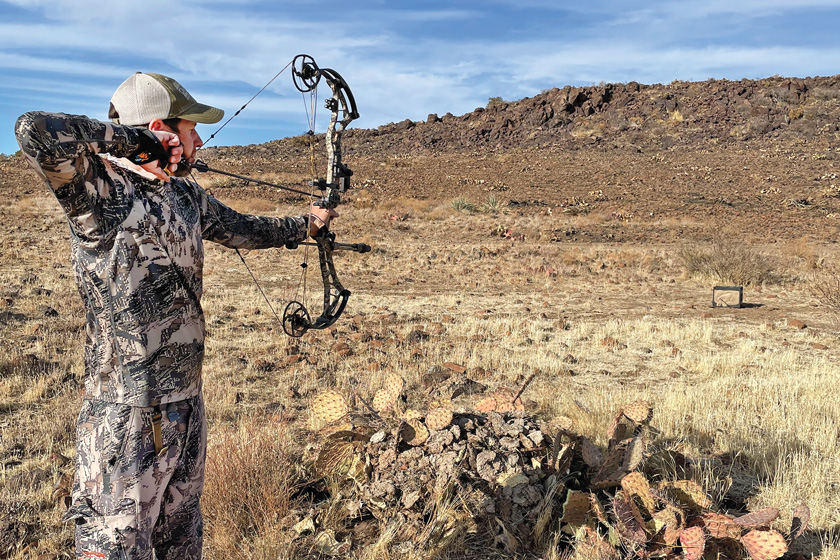
There are several techniques you can use to improve the bow shot. This article will discuss Techniques to Improve your Bow Shot and Preparation For Your Bow Shot. We'll then discuss the Different Types of Bow Shots. Hopefully, you'll be able to find the best technique for your needs! Learn more by reading the following! You can also read the articles below about how to prepare and what each type is like.
Techniques
It is important to learn proper bow shot techniques in order to master this sport. Apart from learning proper bow shot techniques, you must also ensure that your body remains still while shooting. Your shooting position should be slightly wider than the rest of your body. Your feet should extend at least shoulder-width apart. Your feet should not be too close together. You may have trouble aiming and shaking your bow. In order to ensure that you have a smooth shooting motion, make sure that your stance is shoulder width apart.

Techniques to increase accuracy
The bow shooter's target should be a perfectly centered nock and bullet hole. A perfectly center shot will be made with a bullet hole and nock. A bow that is not straight can cause errors. There are many methods to increase accuracy. Continue reading to find out how you can improve your accuracy. You can also practice surprising the bow by releasing the arrow. This simple technique will improve accuracy. This article should have helped you improve your accuracy with bow shots.
Preparation for the bow shot
Practice regularly before you start practicing for your bow shot. Practice archery at least six to ten days a week, or more often if you can. It is important to have your form and muscles in tip-top shape before you take a shot. Here are some tips to help improve your shot. These tips will help you prepare for your next bowhunt! Taking your bowhunting practice seriously will pay off in the end!
Types of bow shot
There are four basic types of shot in archery. These are Pierce Shot, Rapid Shot and Spread Shot. The types and ranges of shots depend on how accurate your weapon hits the target. Let's look at each type in turn. Which one is best for you? Learn more. It is easier to practice with your bowgun when you know the difference between each type.
Charge level
Your total power is directly affected by how high your bow shot's charge level. It is the process where your shot gains power with each level you climb. You can raise your charge level by dashing. Your bow should be charged as high as you can to get the best shot. Your power shot will do more damage at level 4 than it did at level 1. Also, your aerial volleys will increase in damage as well. When you are leveling up your bow, you will notice that its color changes from orange to red.

Distance between shooter & arrow
The distance of an arrow from the shooter when bowing is partially determined by the weight of the arrow and its potential energy. When the arrow strikes its target, the energy converted to kinetic energie. To accelerate the release of kineticenergy, the archer pulls the bowstring backwards after shooting the arrow. This momentum is converted into kinetic energy by impacting the target. This conversion of potential energy into kinetic energie determines the potential distance.
FAQ
How much does it take to hunt?
Prices for hunting trips vary depending on where they are taken, the species and size of the animals being hunted.
A two-person hunting party costs between $500 and $1,000 on average. This includes accommodation, food, gas, equipment, licenses, etc.
Some areas charge higher prices than others. If hunting is planned during peak seasons (e.g. fall turkey season), expect to pay higher prices.
I don't know where to get a gun. What do I need?
To hunt certain species, a gun is required by law.
Hunting licenses are required in most states. The type of firearm you need depends on the game that you hunt and where you reside.
You can buy a rifle, shotgun, handgun, muzzle loader, crossbow, or archery weapon at any sporting goods store.
Choose a weapon that best suits your needs. For example, if you want to hunt small games such as squirrels, rabbits, and pheasant, you might consider purchasing a .22 caliber pistol.
A larger caliber weapon is recommended for hunting large game, such as bears, deer, and elk.
Don't buy a weapon until you feel confident with it. Guns can be very dangerous. It is a dangerous tool.
Be sure to inspect the gun before buying it. Ask the seller to show how to load and unload the weapon.
Examine the manufacturer's warranty. If the warranty is not provided, inquire about what type of guarantee they provide.
Ask the dealer to give you a copy of their safety instructions. These documents should contain information regarding safe storage and maintenance.
The serial number should be checked. If it begins with "NIB", the serial number means that the gun was brand new.
If the serial number begins by an odd number, it means that the gun has previously been owned.
If you aren't sure whether the gun was ever used, please contact the manufacturer. They should be able tell you more about the gun's past.
What do I need to know about hunting?
You must be able to understand the movements of an animal, its habits, and how you can avoid being hurt in order to hunt effectively.
It is vital to learn the laws governing hunting in your particular state. Some states allow hunting in certain ways, while others prohibit it altogether.
Other factors include terrain and weather conditions.
Consider whether hunting is something you want to do alone or with friends.
Most hunters prefer hunting with others. This is because it helps you focus on your goal. Your shot might be missed if you are alone.
Hunting takes a lot preparation. Plan your hunt to find the best place.
You will also need to prepare your weapons. Before you leave, clean and inspect your guns to make sure they are in good condition.
When hunting, you should always wear appropriate clothing. Dress appropriately for the weather conditions and terrain.
Be sure to have plenty of water and food. For any emergency, you should always have extra ammunition and supplies.
Never leave anything behind. It could get lost or damaged.
You should pick a safe area that is free from predators before you go hunting.
Be sure to follow the government's rules. These regulations protect both wildlife, and humans.
Can I bring my dog with me?
Most states prohibit dogs from being hunted together with humans. However, certain states have laws that permit this practice. This practice is not allowed in all states.
Some hunters also bring their pets along. Some hunters feel that having a pet can help them relax while they hunt. Others say that having a companion makes them less likely to get lost.
However, bringing a pet along may cause problems. Dogs will chase away animals from their hunter. Wild animals can also attack pets.
Statistics
- - Percent of residents with paid hunting licenses: 0.7%- (stacker.com)
- Over the past 50 years, the number of hunting licenses in California has been on a rapid decline, falling 70% from more than 760,000 in the 1970s to under 268,000 in 2020—even as the state's population has skyrocketed, according to The Mercury News. (stacker.com)
- Less than 1% of Hawaii's population has a hunting license. (stacker.com)
- Indiana, for example, saw a 28% jump in turkey license sales during the first week of the season. (stacker.com)
External Links
How To
How can I teach my son how to hunt
This is a very common problem. Parents want their children to be able to shoot guns but don't know where to begin. Safety should be your first concern when teaching your child to use a gun. You need to make sure that your child is aware of what to do in the event of an accident. It is important that he knows the rules of shooting. To teach him, for example, to not touch the trigger until he's ready to fire. If he accidentally shoots himself, you must immediately stop playing around and take him to the hospital.
Next is to show him how different weapons work. This includes shotguns (pistols), rifles, and airguns. Your kid should understand how these different kinds of weapons work so that he can choose which one suits his skill level best. When selecting a weapon, consider its size and weight, as well accuracy and power. A.22 calibre rifle would make an excellent starter rifle. It is compact enough to be held by beginners and strong enough to take out pests like squirrels. A 12 gauge shotgun, on the other hand is big enough to be held comfortably by adults and still have plenty of power to kill wildlife. Airguns can be operated quietly and easily, making them ideal for children learning to shoot.
Now, you can help your child practice shooting at targets. He should practice shooting from different angles and positions in order to discover which position works best for him. It is important that he learns how to properly maintain and clean his weapon.
Once your kid has mastered the basics, you can move on to hunting. There are many ways you can teach your child to hunt. You can let your child go on a nature walk with you. Another option would be to purchase a gun from the store and show your kid how to load and unload. Another option is to buy a dog to teach your child how to train it. Dogs are great because they follow commands easily and obey quickly. Dogs can be a great friend and playmate for your kid.
If none of these options appeal to you, you can hire someone who will teach your child. This method can be expensive and takes a lot of babysitting.